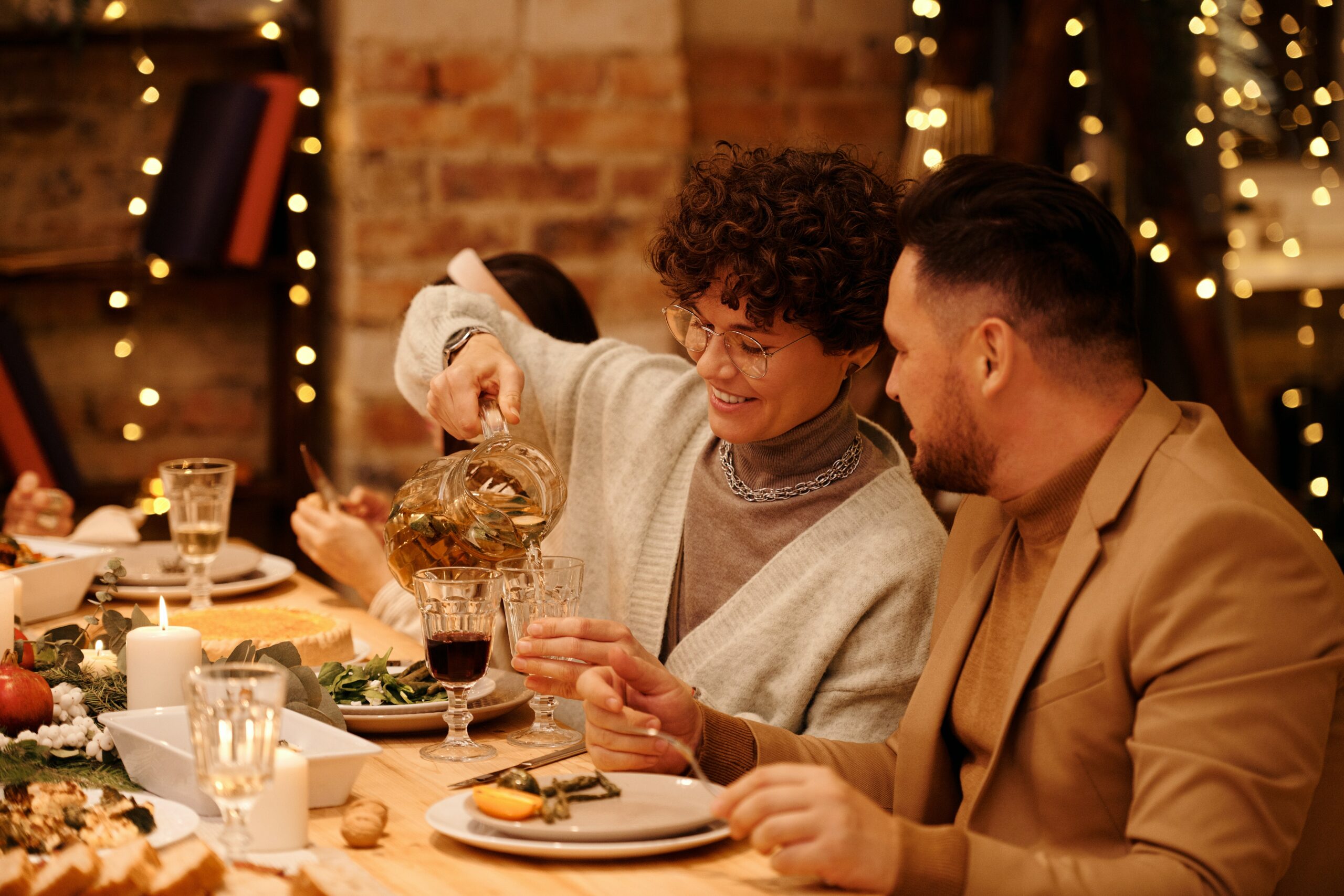The festive season is on the way, which means that cuffing season has officially begun.
Cuffing season refers to a period of time when single people begin looking for short term partnerships to pass the colder months of the year.
This period of time usually kicks off in October, and lasts until just after Valentines Day.

According to the “cuffing season schedule”, October and November is the “tryouts” period, as you assess your roster of contenders to “cuff” (aka handcuff) yourself to for autumn/winter.
Then by mid-March, it should be time to “cancel or commit” to the relationship.
While the timings can be “subject to change based upon feelings”, the aim is to make a decision on the relationship before we cross over into ‘Hot Girl Summer’ territory – which can be explained here.

Cuffing season is a peak time for dating, as the pressure to avoid the inevitable ‘Do you have a special someone yet?’ during the festive season reaches fever pitch.
As a result, cuffing season can lead to all sorts of ‘situationships’ – some great, some less so.
To keep connections authentic and intentional, Bumble’s Sex and Relationships Expert, Dr Caroline West, has outlined three of the most common ‘situationships’ that you could find yourself in this cuffing season, and how to navigate them:
The Safety Net Situationship

Lots of people feel the pressure to ‘couple up’ during Cuffing Season which can lead to them reigniting familiar, and comfortable, old flames.
Certain high-profile celebrities have already kicked this off, showcasing a new Cuffing Season trend of ‘safety-netting’ – a Bumble coined term about rekindling old flames to provide comfort.
This can be particularly common when we head home for the holidays and bump into previous partners.
Although this is a situationship that can happen during Cuffing Season and beyond, Bumble’s recent app data shows that over half (58%) of single people are more open to who they date beyond their usual ‘type’* – meaning there is a desire for more exploratory dating.
There’s no need to fall back on your ‘safety net’, just because it’s Cuffing Season. It can be empowering to use this time to prioritise yourself, so consider taking yourself on some solo dates as a treat.
The Promising Situationship

Dating someone during colder months can be fun as there are lots of natural, romantic moments to meet up with your date – from Halloween parties to Christmas market dates – meaning more opportunity to cosy up and get to know them better.
Spending quality time together doing activities is a great way to build a solid foundation for long-term relationships.
Many people don’t start their Cuffing Season situationship thinking it’s going to be long term, but sometimes… it just ends up that way!
It’s important to remember that just because a relationship started in Cuffing Season, doesn’t mean it needs to end in it too.
If you feel your emotions spilling over into the full 365 days of the year, then it’s time to put your cards on the table and be upfront with the person you’re dating.
Bumble data shows that being honest and upfront is the most important thing in a relationship for the overwhelming majority (84%) of singles, so the standard has been set.
The Shielding Situationship

Bumble’s research shows that during the festive season, more than 1 in 3 (38%) Gen Z and millennials say that friends and family have made them feel bad for not bringing a significant other to events*.
This pressure can lead to people entering a situationship just so they don’t feel embarrassed in front of family or friends, otherwise known as ‘shielding’ according to Bumble.
My advice in this situation would be to take your time. Simply let your family or friends know that you are intentionally dating, taking your time to find someone that aligns with your values rather than rushing into a relationship.

